The history of the gardens of the Buda Castle goes back many centuries. From the Renaissance court of King Mátyás, it is already known for sure that they took care of the presence of plants, but the physical evidence of this is unfortunately provided by a single granite column, which was found in 1925 on the western slope of the Castle. The monument that can still be admired on Dózsa György Square comes from an airy marble hall (Aula Marmorea in Latin) that stood in the garden of King Matthias. However, the palace, which is famous far and wide, has been immortalised by travellers and artists, it was already featured in Hartmann Schedel's chronicle published in 1493, and Erhardt Schön made a woodcut of it in 1542. These early depictions also provide a useful source for garden researchers.
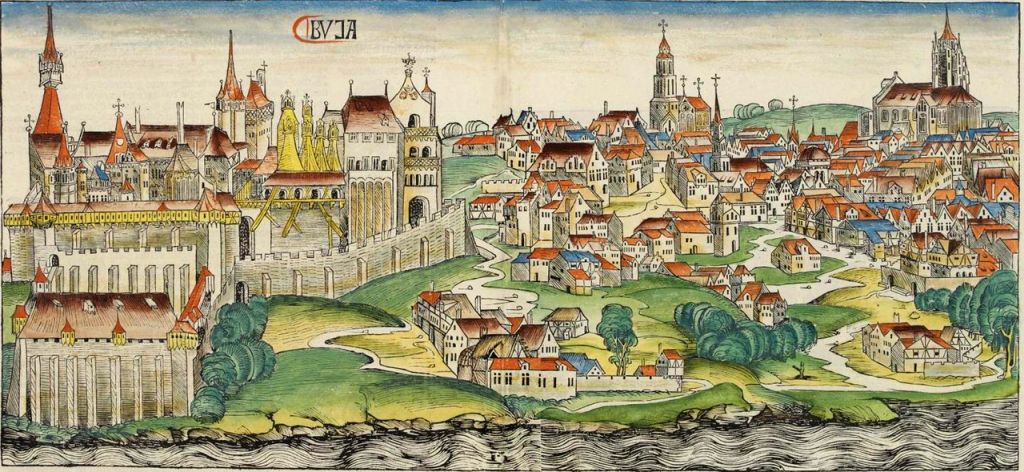
Buda in the Schedel chronicle published in 1493 (Source: wikipedia.org)
The surroundings of the palace, which was rebuilt after the expulsion of the Turks - like so many other things in the capital - were flourished by Palatine Joseph, quite literally. He was born in Florence and spent a lot of time in the famous Boboli Gardens of the Pitti Palace when he was young, so in addition to his love of nature, he also acquired serious botanical knowledge. He introduced more than two thousand plant species to Hungary, three hundred types of roses, as well as well-known trees such as the sycamore or the Japanese acacia.
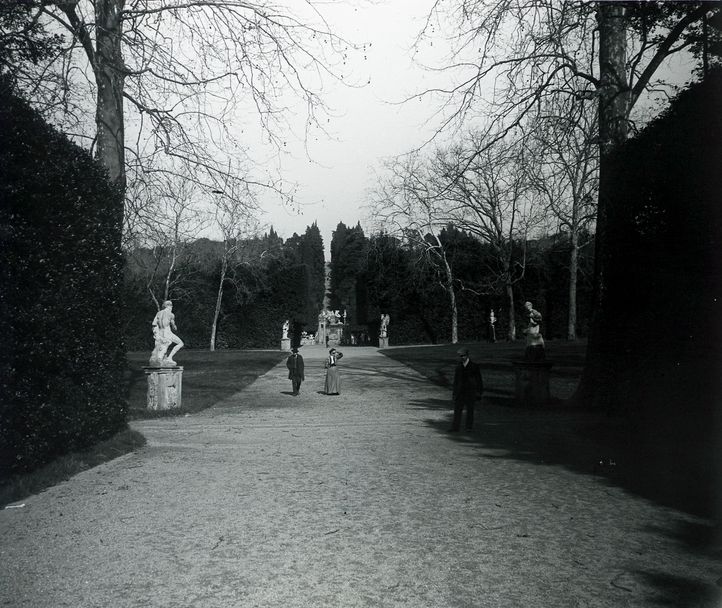
The Boboli Gardens in Florence around 1910 (Source: Fortepan/No.: 27543)
During the war of independence and the period of autocracy, the palace was less in the centre of attention, but after the Compromise, significant improvements were made. One of the early steps in this was the creation of the Castle Garden Bazaar between 1875 and 1883, which deserves attention not only because of Miklós Ybl's building, but also because of the eight thousand square metre garden behind it. In addition to the diverse flora, it was also decorated with statues and wells, such as the Triton Well.
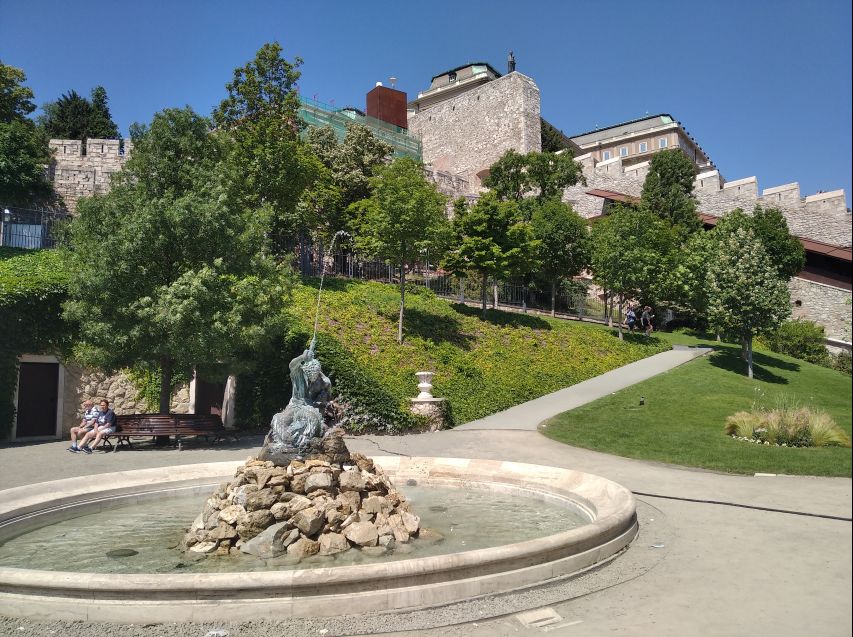
The garden of the Castle Garden Bazaar nowadays (Photo: Péter Bodó/pestbuda.hu)
During the expansion of the palace led by Miklós Ybl and then Alajos Hauszmann, new gardens were created, largely at the request of Queen Elizabeth. In one of the gardens at the southern end, they even built a rest house for her, on which the richly carved wooden gable, porch and parapet from Hungarian folk architecture suggested the rural, close-to-nature character.
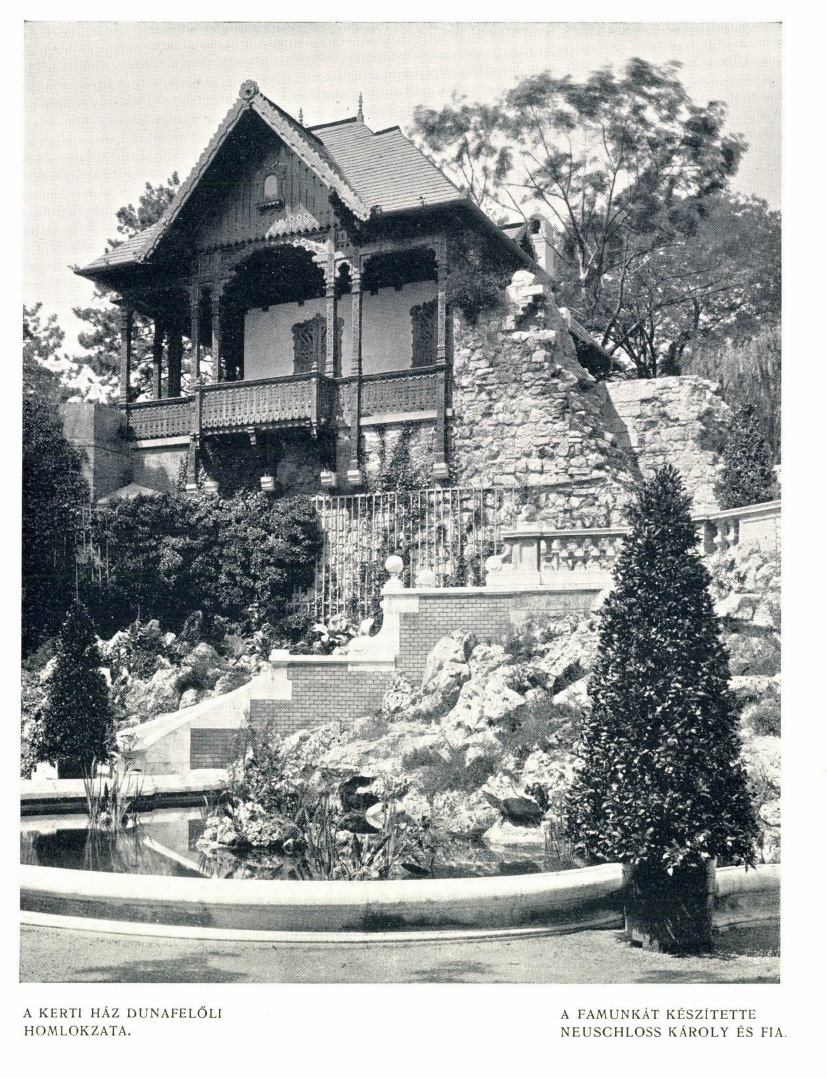
Queen Elizabeth's rest house at the southern end of the palace (Source: Magyar Iparművészet, 1903. No. 4)
Not far from here, in the Újvilág Garden in front of the Krisztinaváros wing, a terrace with pergola was also built in accordance with Sisi's wishes. The Queen was happy to stay in this wonderful environment. The Castle Garden Bazaar was also opened to the public during the glorious time of peace, so anyone could walk around the base of the palace. The people of Pest especially liked the Ellyps Promenade, which stretched on the Danube side of Castle Hill, from the Southern Gardens to the Aranybástya at the height of Dísz Square. As a parallel to the promenade on the Pest side, this was called Budai Promenade.
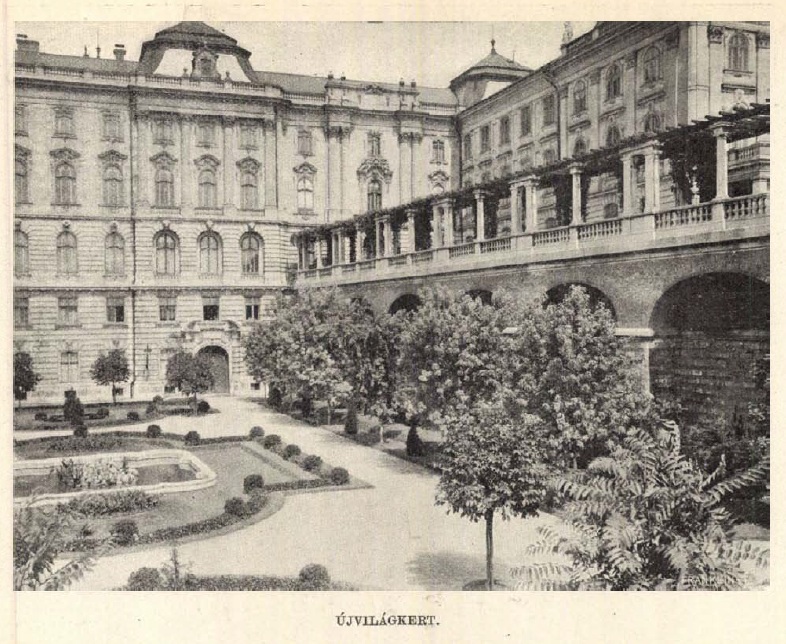
Újvilág Garden in front of the Krisztinaváros wing of the palace (Vasárnapi Ujság, 22 July 1906)
During World War II, the castle buildings were severely damaged, but the surrounding gardens remained 70 percent intact. However, with the transformations that took place in the following decades, they wanted to emphasize the medieval image of the Castle, which these gardens did not fit into. As Pestbuda learned from the landscape architect Ágnes Herczeg, several metres of soil was removed around the buildings to create the rather schematic green surfaces that still characterise the palace's surroundings today. Only one tree, one of the Japanese acacias of the Southern Gardens, survived the radical changes, thus becoming the last living witness of Queen Elizabeth's former magnificent gardens. On behalf of Várkapitányság, the Pagony Landscape and Garden Architects Office works to ensure that the renovated buildings are surrounded by worthy gardens. Using archaeological excavations and instrumental radar tests, they created a thorough scientific documentation of the history of the garden, and also developed a garden construction concept that symbolically connects the past with the present and the future.
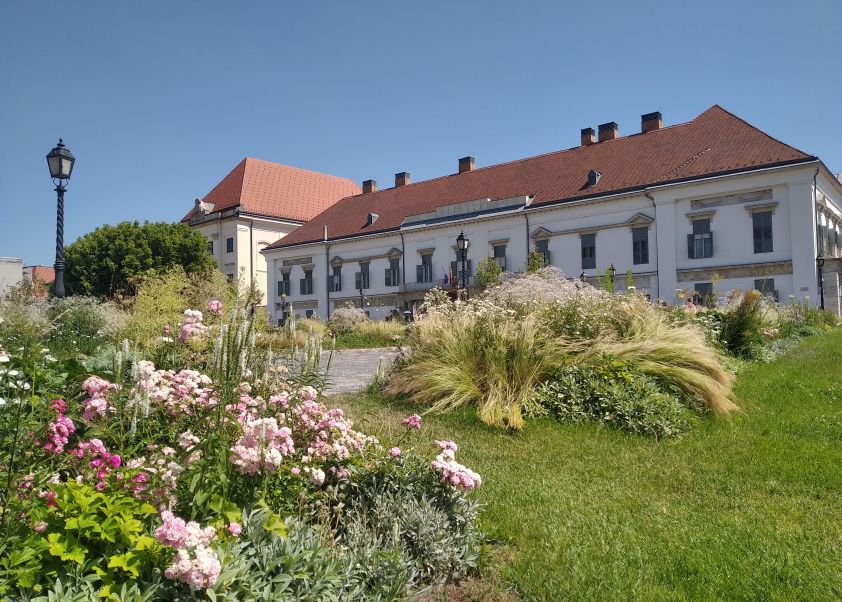
The garden of Szent György Square today (Photo: Péter Bodó/pestbuda.hu)
According to Ágnes Herczeg, the arts are combined with the natural sciences in the garden: plants can be placed according to various styles, but at the same time their needs must be taken into account, since they are living beings.
According to her, working with a garden requires both an artistic and a scientific approach. The appearance is an important aspect in the arrangement and placement of plants, but it is equally important to pay attention to their needs, since we are talking about living beings. Sustainability is essential, so less water-demanding species are preferred.
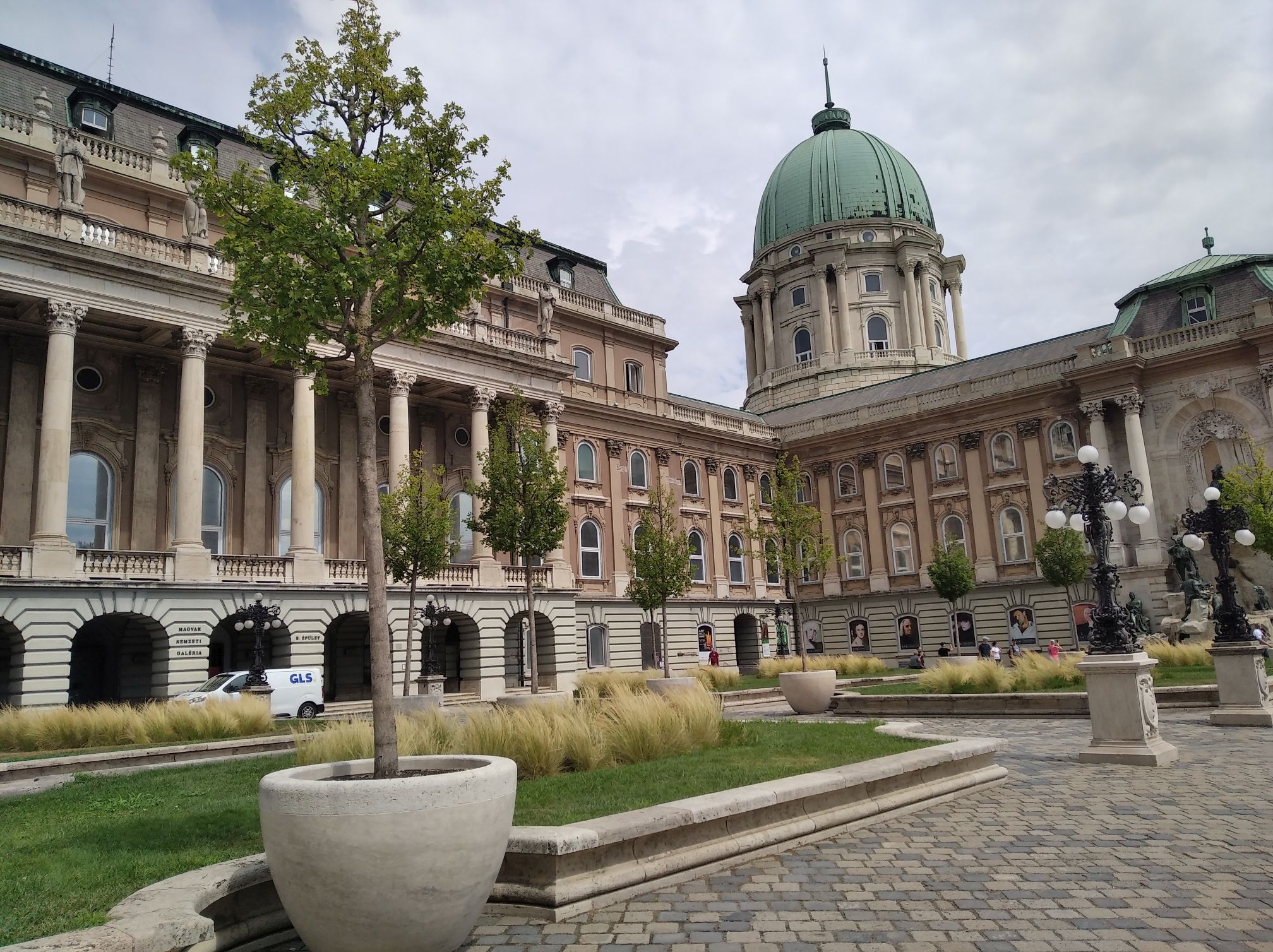
The garden of the Hunyadi Courtyard is also made more magnificent by plants (Photo: Péter Bodó/pestbuda.hu)
The protection of the heritage of historical gardens, their sustainability and promotion have also been set as the goal of an organisation bringing together prestigious members, the Hungarian Garden Heritage Foundation. Since the gardens are places for cultural and social contacts, as well as popular destinations for garden tourism, the Foundation considers the Castle Gardens to be of particular importance – also due to their location. Their goal is to make the gardens worth a visit in every season, and the planted vegetation playfully tells the visitors about each era of the palace's history. The designers also expect that the gardens will be used for art pedagogy and environmental education purposes.
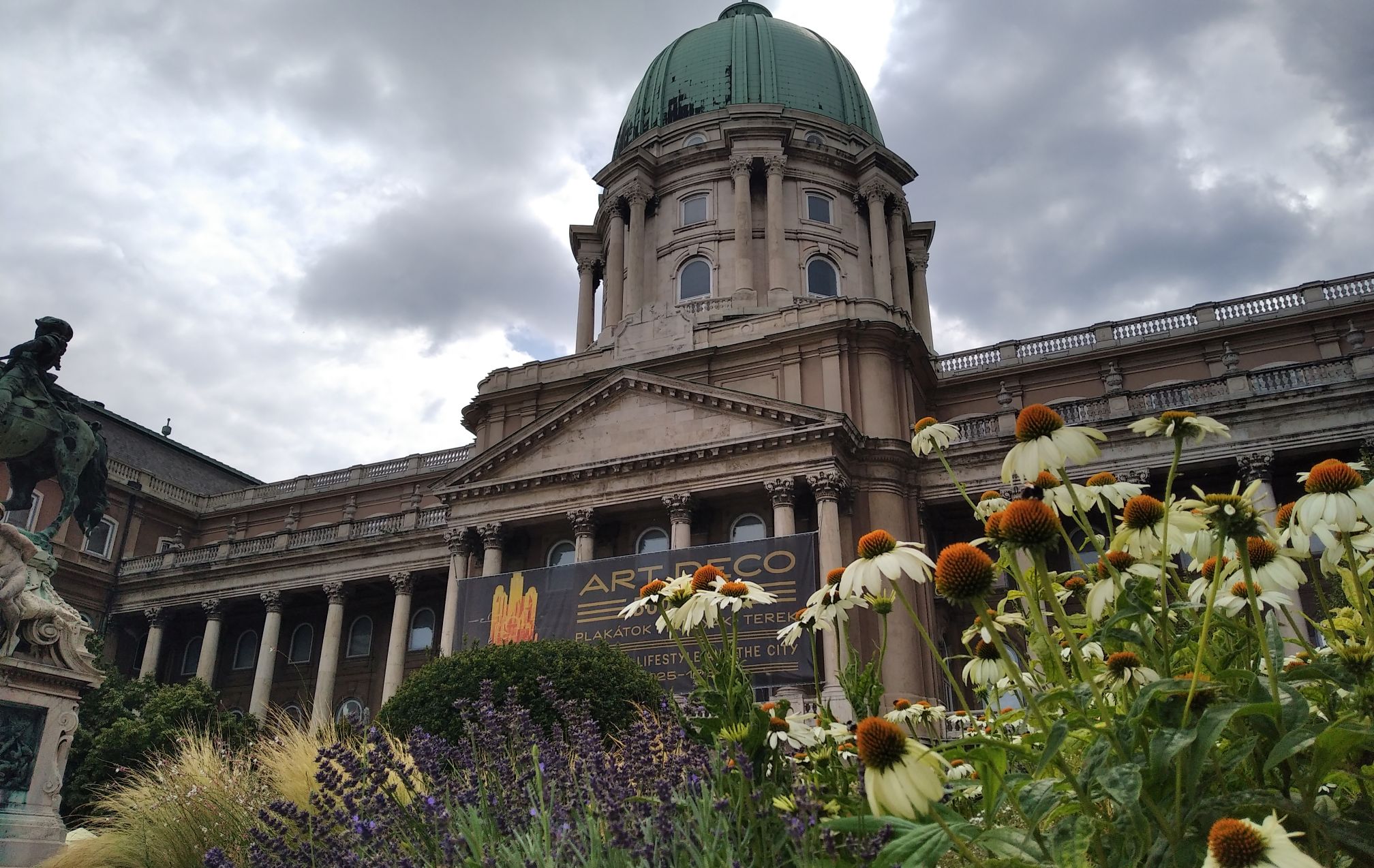
The garden of the Savoyai Terrace, in front of the main entrance of the palace (Photo: Péter Bodó/pestbuda.hu)
The creation of the gardens around the Buda Castle is a lengthy job, as several separate surfaces have to be renovated. The renovation of the historical green surfaces is ongoing, and hopefully by 2030 it will be waiting for the residents and visitors in its full glory.
Cover photo: The garden of the Castle Garden Bazaar today (Photo: Péter Bodó/pestbuda.hu)

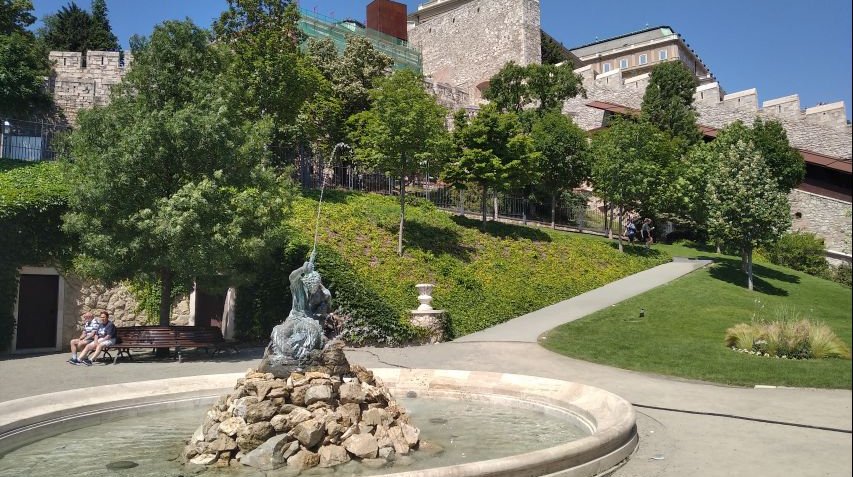


































Hozzászólások
Log in or register to comment!
Login Registration